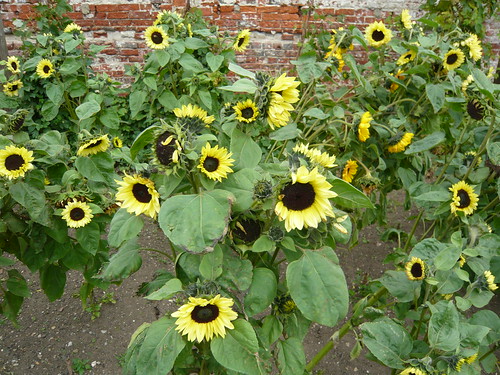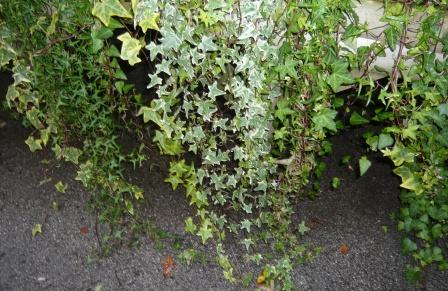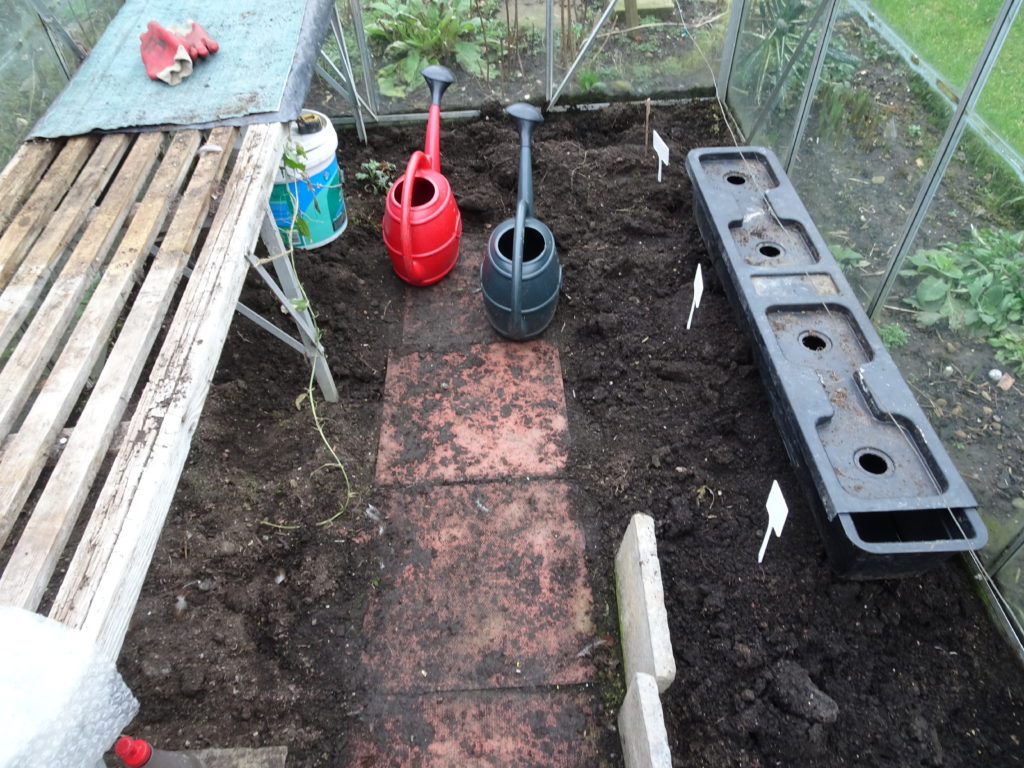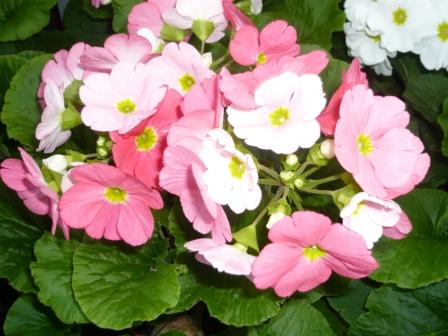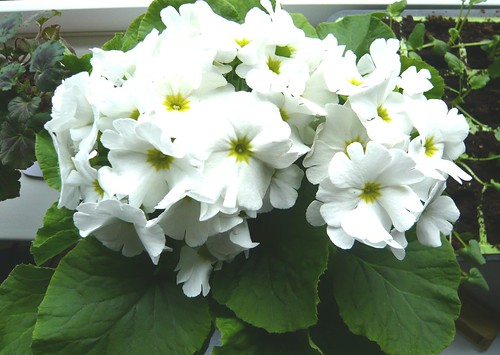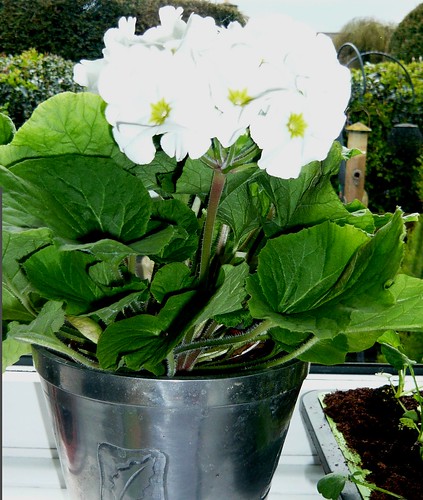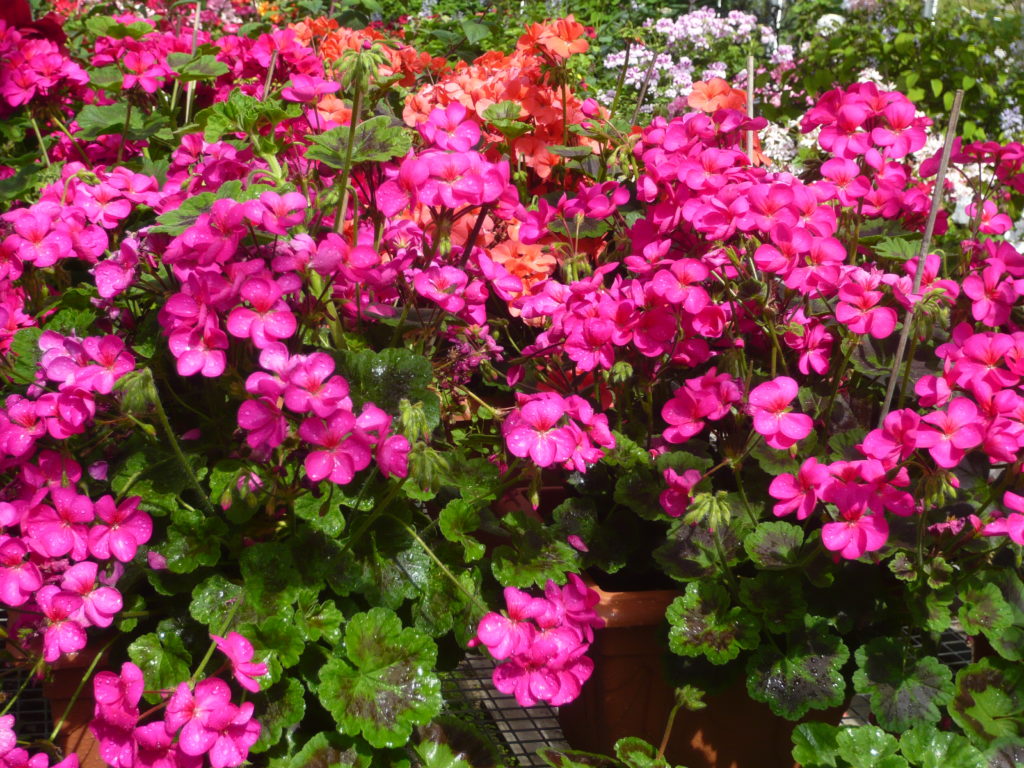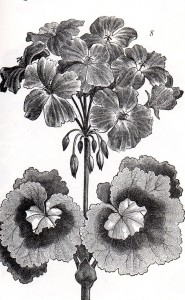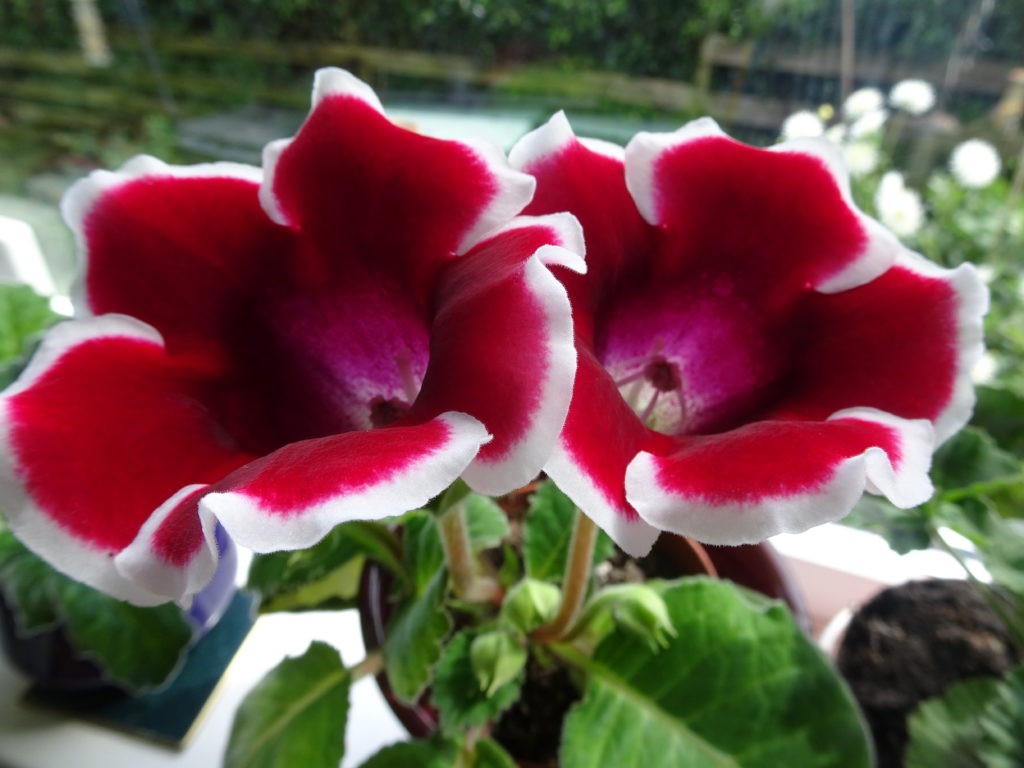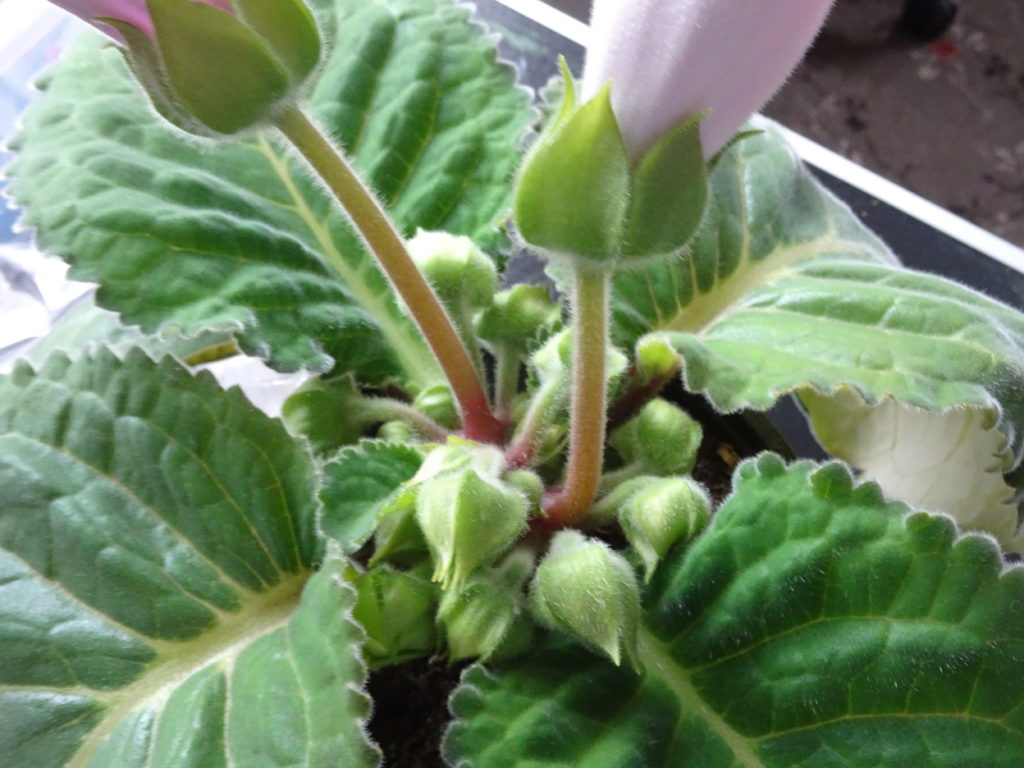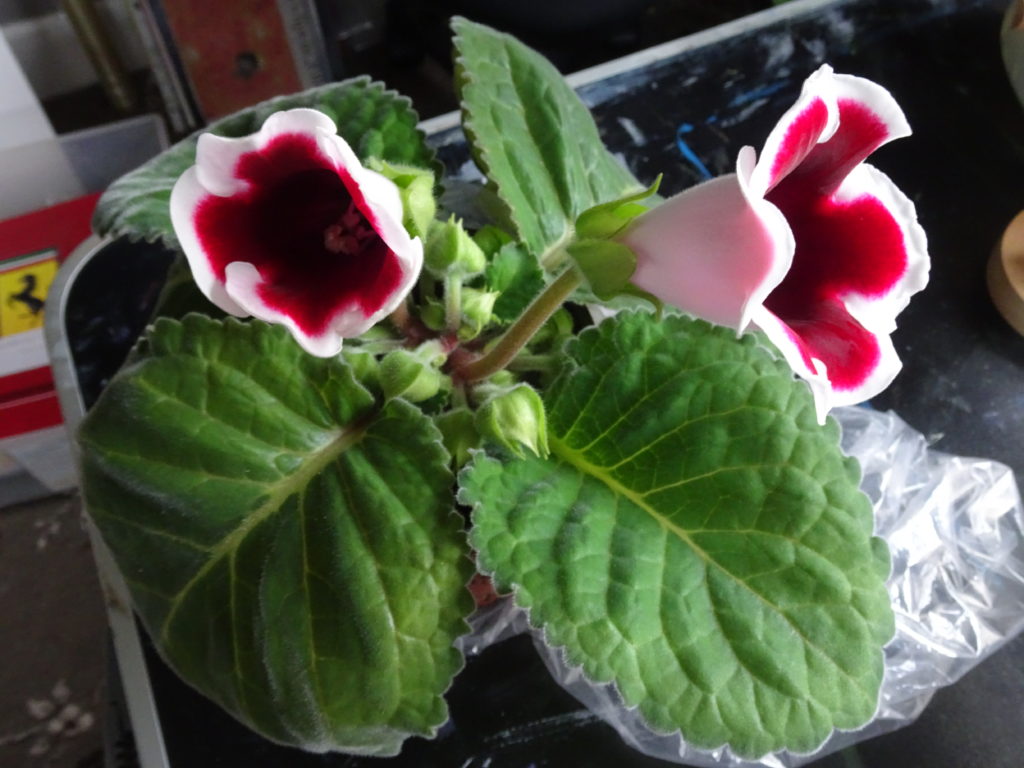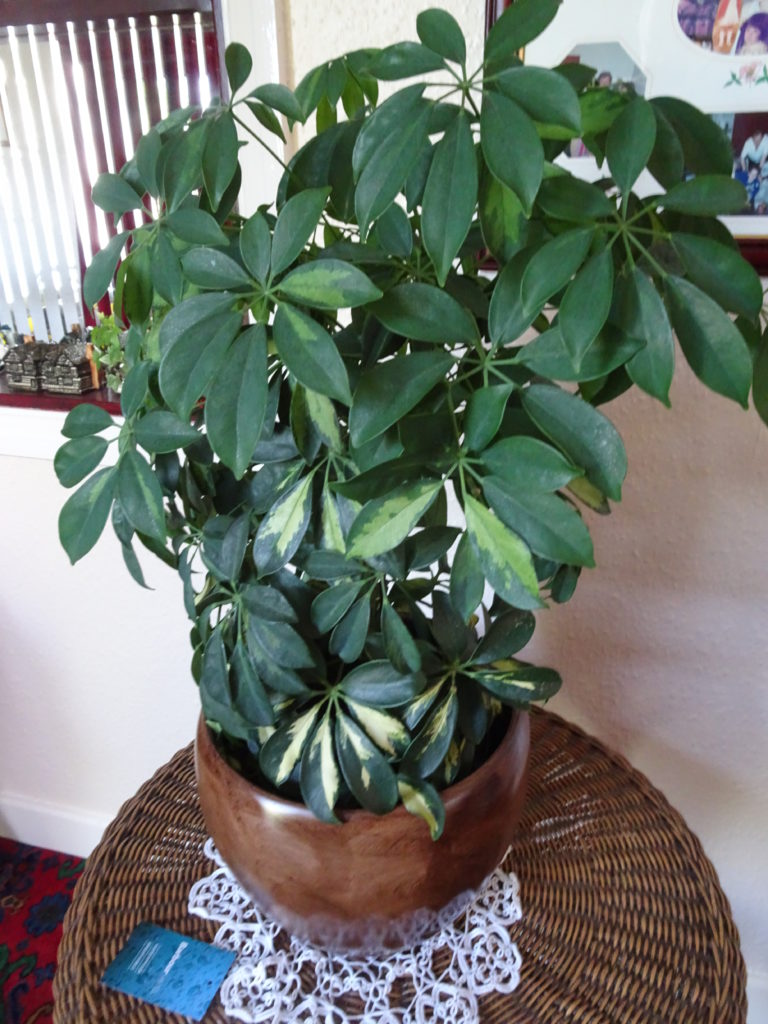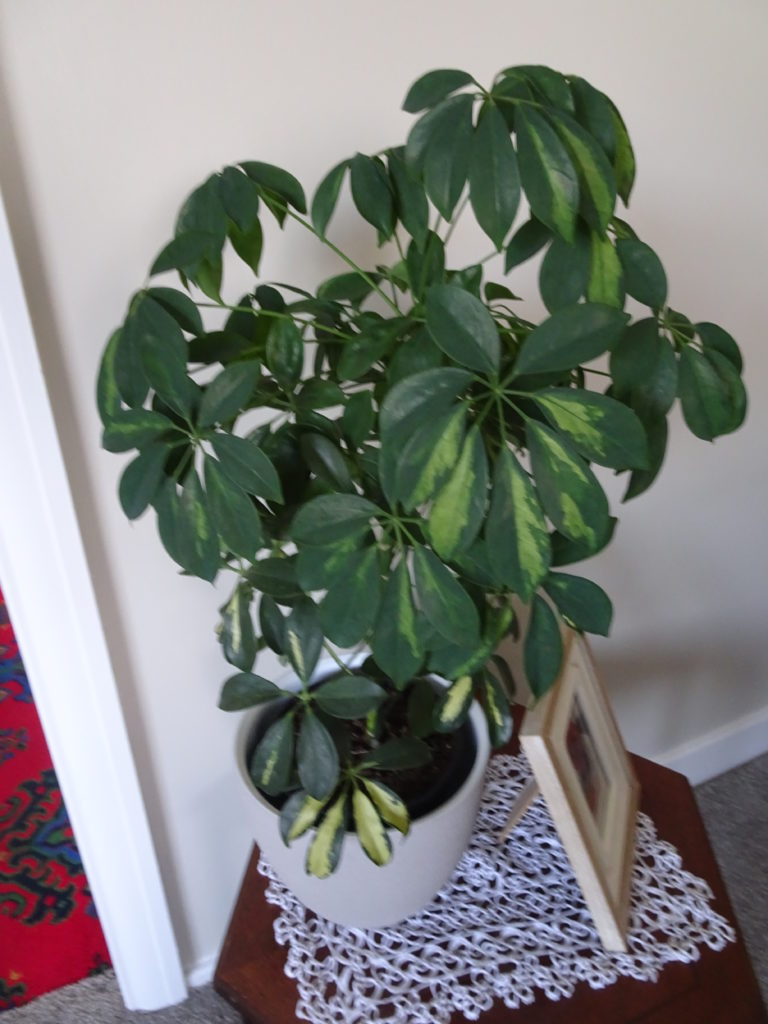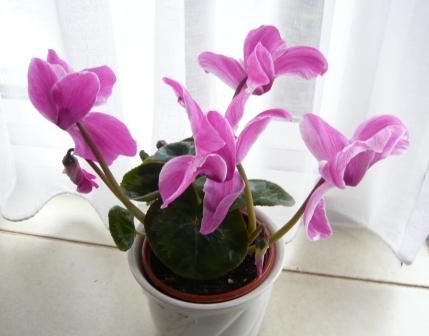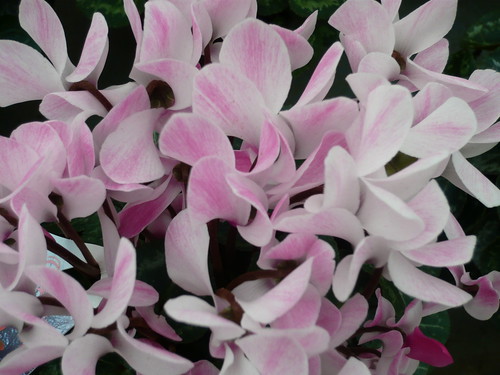Get Christmas Cactus Ready to Flower
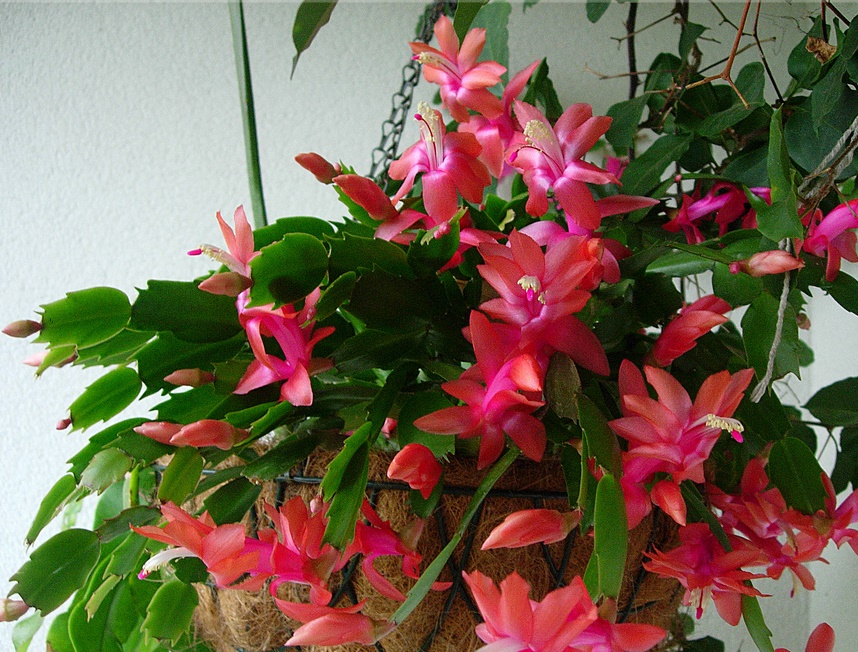
‘A Cactus is not just for Christmas’
Christmas Cactus are succulent cultivars of Schlumbergera.
Tips For Growing Christmas Cactus
- As the name suggests in the Northern hemisphere and the UK these plants normally flower between November and February
- Flower buds are stimulated by shortened day length and need 12 hours uninterrupted darkness from late summer through autumn.
- To encourage Christmas flowering, from September, they need 8-10 hours of daily sunshine (don’t we all). A bright windowsill will suffice but cover in darkness the rest of the day.
- Postion plants to avoid domestic lighting or cover every night with blackout material.
- Keep temperature below 18c but above 10c
- Fluctuating temperatures can cause the buds to fall but so can over watering
Christmas Cactus Varieties
- Schlumbergera x buckleyi have fleshy stems not leaves.
- Stems are divided into flattened leaf-like segments with scalloped margins and they can grow quite long and droop over the edge of a pot.
- Schlumbergera x bridgesii another Christmas Cactus do not have spines like many cactus
- Easter cactus, also known as a spring cactus are not members of the Schlumbergera family. They look similar, bloom in spring but are Rhipsalidopsis gaetneri or Hatiora gaetneri plants.

